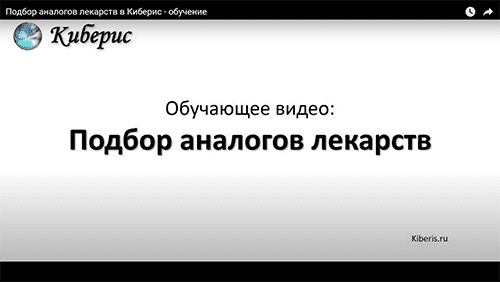F07.8 Other organic personality and behavioural disorders due to brain disease, damage and dysfunction - analogs
| Description «F07.8 Other organic personality and behavioural disorders due to brain disease, damage and dysfunction» | ||||||
|
||||||
Начиная работу с сервисом, вы принимаете соглашение пользователя. Kiberis do not replace the doctor!
- 30% Compare S04.8 Injury of other cranial nerves
- 30% Compare S04.9 Injury of unspecified cranial nerve
- 30% Compare S06.7 Intracranial injury with prolonged coma
- 30% Compare S04 Injury of cranial nerves
- 24% Compare S06.1 Traumatic cerebral oedema
- 20% Compare S02.7 Multiple fractures involving skull and facial bones
- 20% Compare T90.2 Sequelae of fracture of skull and facial bones
- 20% Compare S02.0 Fracture of vault of skull
- 20% Compare S02.1 Fracture of base of skull
- 20% Compare T90.3 Sequelae of injury of cranial nerves
- 18% Compare S06.8 Other intracranial injuries
- 18% Compare S06.3 Focal brain injury
- 18% Compare G83.5 Locked-in syndrome
- 18% Compare S06 Intracranial injury
- 18% Compare S06.9 Intracranial injury, unspecified
- 18% Compare S06.2 Diffuse brain injury
- 16% Compare S02.9 Fracture of skull and facial bones, part unspecified
- 16% Compare S02 Fracture of skull and facial bones
- 16% Compare S02.8 Fractures of other skull and facial bones
- 13% Compare P10 Intracranial laceration and haemorrhage due to birth injury
- 12% Compare P10.8 Other intracranial lacerations and haemorrhages due to birth injury
- 12% Compare S00.7 Multiple superficial injuries of head
- 12% Compare P10.9 Unspecified intracranial laceration and haemorrhage due to birth injury
- 12% Compare P13.1 Other birth injuries to skull
- 12% Compare S09.7 Multiple injuries of head
- 12% Compare P12 Birth injury to scalp
- 12% Compare S08 Traumatic amputation of part of head
- 10% Compare T91.3 Sequelae of injury of spinal cord
- 10% Compare F06.8 Other specified mental disorders due to brain damage and dysfunction and to physical disease
- 10% Compare T91.1 Sequelae of fracture of spine
- 10% Compare S82 Fracture of lower leg, including ankle
- 10% Compare S90 Superficial injury of ankle and foot
- 10% Compare S82.7 Multiple fractures of lower leg
- 10% Compare S92 Fracture of foot, except ankle
- 10% Compare S82.2 Fracture of shaft of tibia
- 10% Compare T93.1 Sequelae of fracture of femur
- 10% Compare S34 Injury of nerves and lumbar spinal cord at abdomen, lower back and pelvis level
- 10% Compare S22.0 Fracture of thoracic vertebra
- 10% Compare S62.6 Fracture of other finger
- 10% Compare T90.4 Sequelae of injury of eye and orbit
- 10% Compare S82.1 Fracture of upper end of tibia
- 10% Compare S92.0 Fracture of calcaneus
- 10% Compare S72.0 Fracture of neck of femur
- 10% Compare S99 Other and unspecified injuries of ankle and foot
- 10% Compare S32 Fracture of lumbar spine and pelvis
- 10% Compare S82.6 Fracture of lateral malleolus
- 10% Compare S84.0 Injury of tibial nerve at lower leg level
- 10% Compare S14 Injury of nerves and spinal cord at neck level
- 10% Compare S72.1 Pertrochanteric fracture
- 10% Compare S82.5 Fracture of medial malleolus
Learn more about the selection of analogues
- Medical online service designed to help in differential diagnostics.
- Find similar diseases for a diagnosis that causes irritation.
- If you are a professional, then the help of artificial intelligence will help in the express diagnostics.
The advantage of Kiberis is its versatility, thanks to which it is able to select analogues for anything, including for diseases and diagnoses. Artificial intelligence analyzes descriptions of diseases, clinical recommendations for their treatment, real statistics on making diagnoses and displays the most similar diseases with a degree of similarity in percent.
